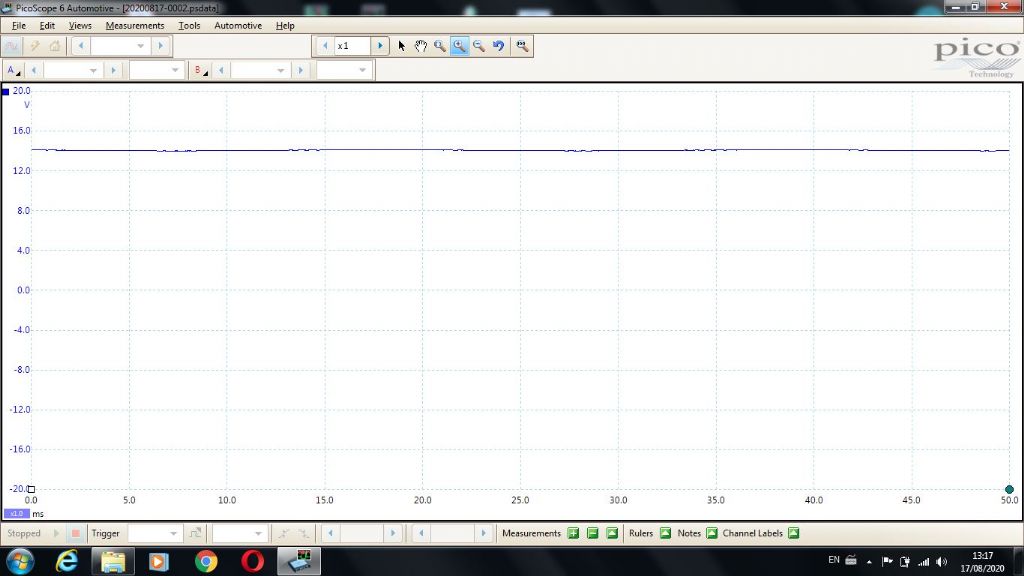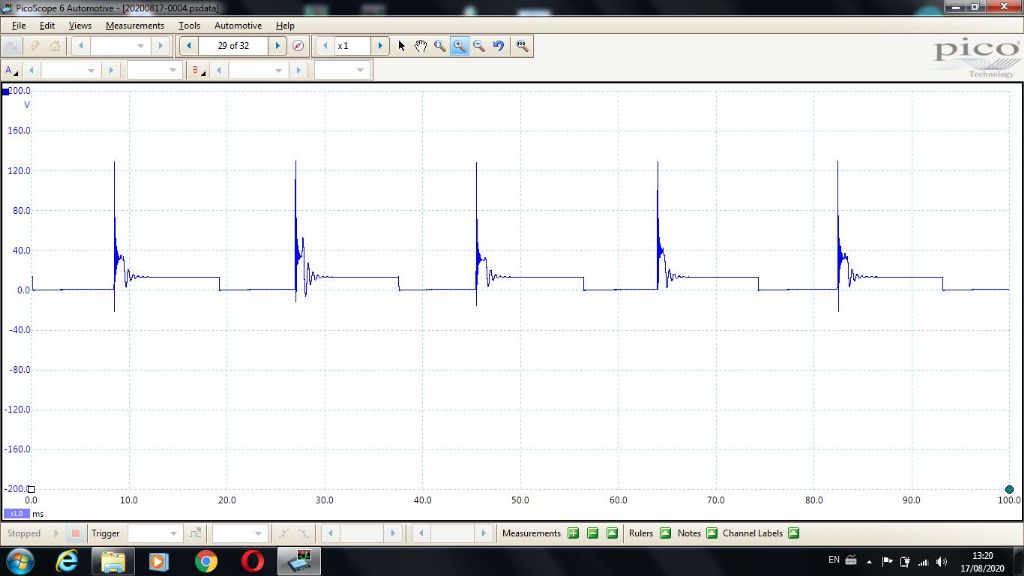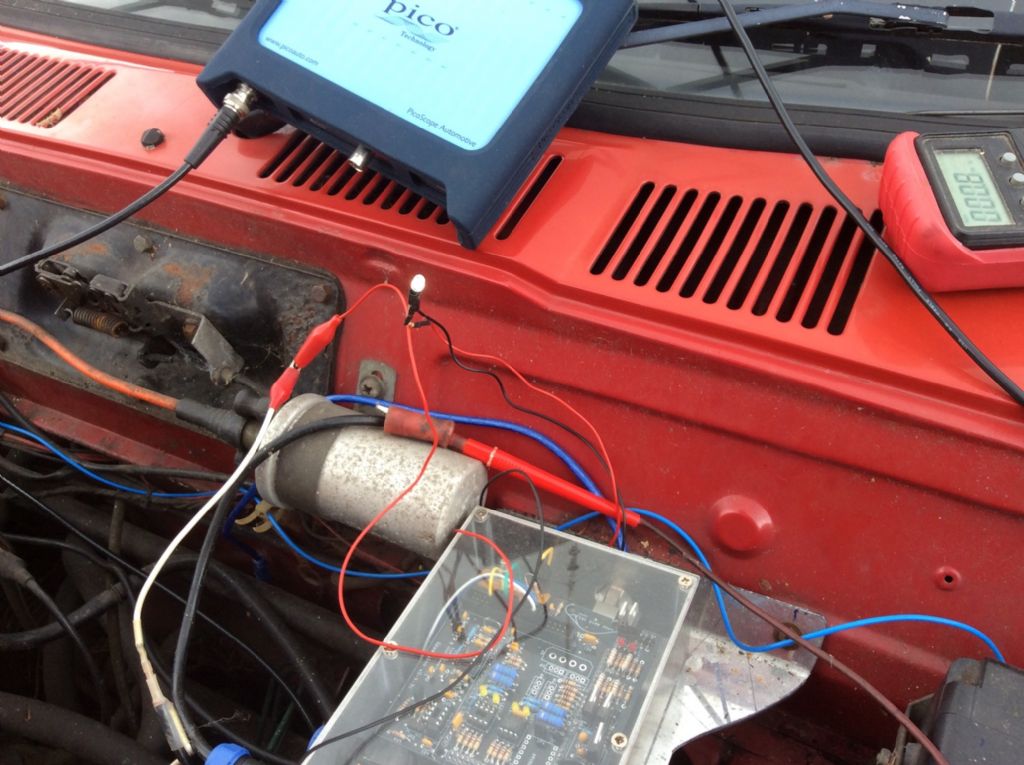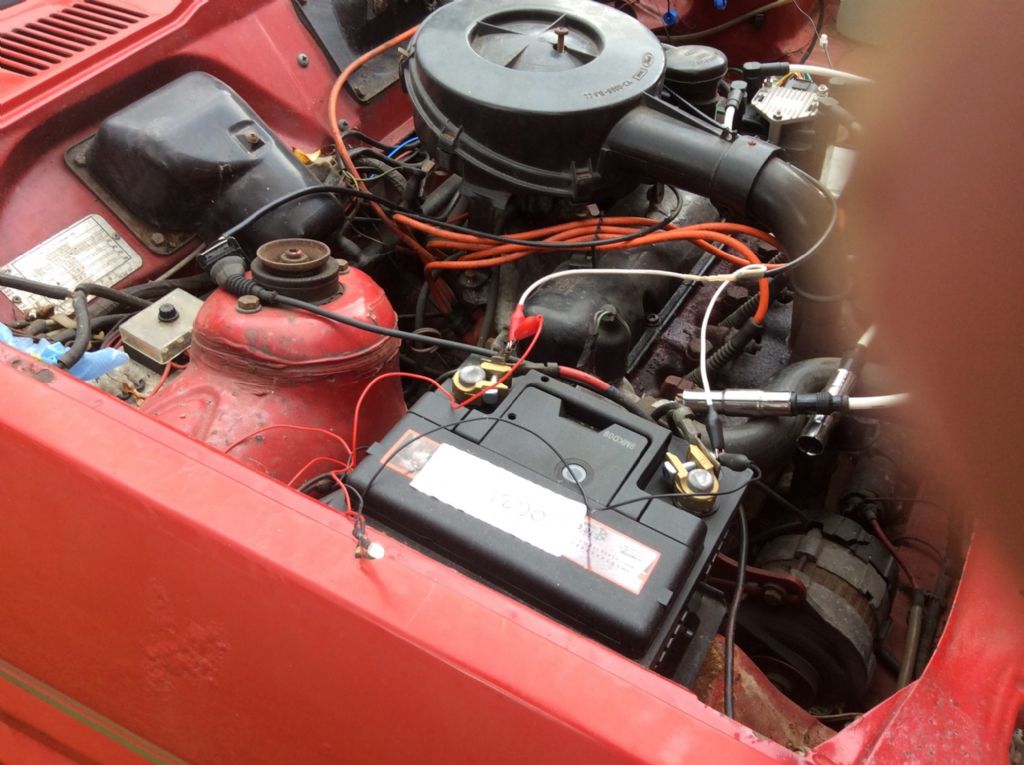Coping with voltage spikes
Coping with voltage spikes
- This topic has 150 replies, 28 voices, and was last updated 31 August 2020 at 22:32 by
 Michael Gilligan.
Michael Gilligan.
- Please log in to reply to this topic. Registering is free and easy using the links on the menu at the top of this page.
Latest Replies
Viewing 25 topics - 1 through 25 (of 25 total)
-
- Topic
- Voices
- Last Post
Viewing 25 topics - 1 through 25 (of 25 total)









